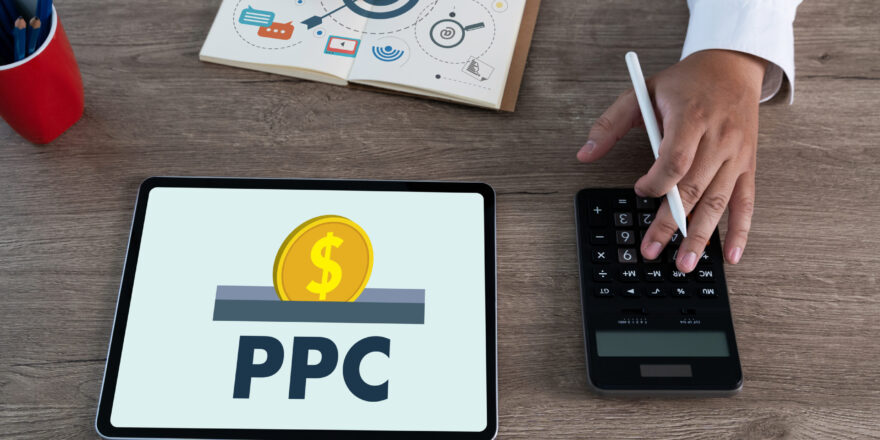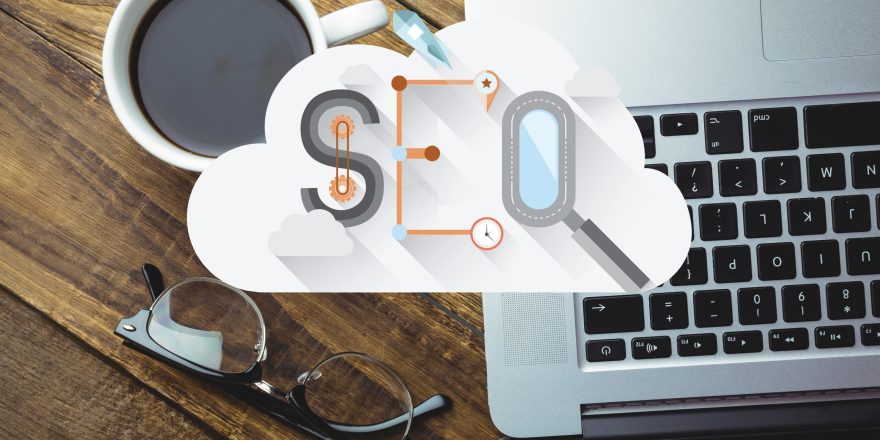Introduction
Personalization is no longer a luxury in digital marketing — it’s a necessity. With the explosion of online competition, businesses that speak directly to customer needs, preferences, and behaviors stand out. By using data effectively, brands can create tailored experiences that increase engagement, drive conversions, and nurture long-term loyalty.
1. Understanding the Power of Personalization
- Personalization goes beyond just using the customer’s name in an email.
- It’s about delivering the right message, at the right time, through the right channel.
- Brands that use personalization can see up to a 20% increase in sales.
- Helps customers feel understood and valued, strengthening brand trust.
2. Leveraging Data for Deeper Insights
- Collect customer data from multiple sources: website analytics, social media, purchase history, and email interactions.
- Use tools like Google Analytics 4, CRM platforms, and AI-powered analytics for behavioral insights.
- Segment your audience based on demographics, interests, and buying patterns.
- Continuously update and refine your data to keep personalization relevant.
3. Personalization Across Multiple Channels
- Email Marketing: Send targeted product recommendations and exclusive offers.
- Social Media: Tailor ads to match user behavior and interests.
- E-commerce Websites: Show dynamic product suggestions based on browsing history.
- Content Marketing: Recommend relevant blogs, videos, and guides.
- Use omnichannel personalization for a consistent customer journey.
4. Balancing Privacy and Personalization
- Customers appreciate personalization but value privacy even more.
- Be transparent about data usage through clear privacy policies.
- Offer opt-in options for data collection.
- Use anonymized and aggregated data where possible.
- Comply with regulations like GDPR and CCPA to avoid legal risks.
5. Measuring the Impact of Personalization
- Track engagement metrics: click-through rate (CTR), time spent on page, and bounce rate.
- Monitor conversion rates from personalized campaigns vs. generic ones.
- Analyze customer lifetime value (CLV) growth after implementing personalization.
- Conduct A/B testing to refine personalization strategies.
- Use customer feedback to understand how personalization impacts satisfaction.
Conclusion
Personalization in digital marketing is about building stronger, more meaningful connections with your audience. By turning raw data into valuable insights, businesses can craft experiences that resonate with individual customers — fostering loyalty, boosting sales, and creating advocates for the brand. In 2025 and beyond, the brands that master personalization will lead the digital race.




